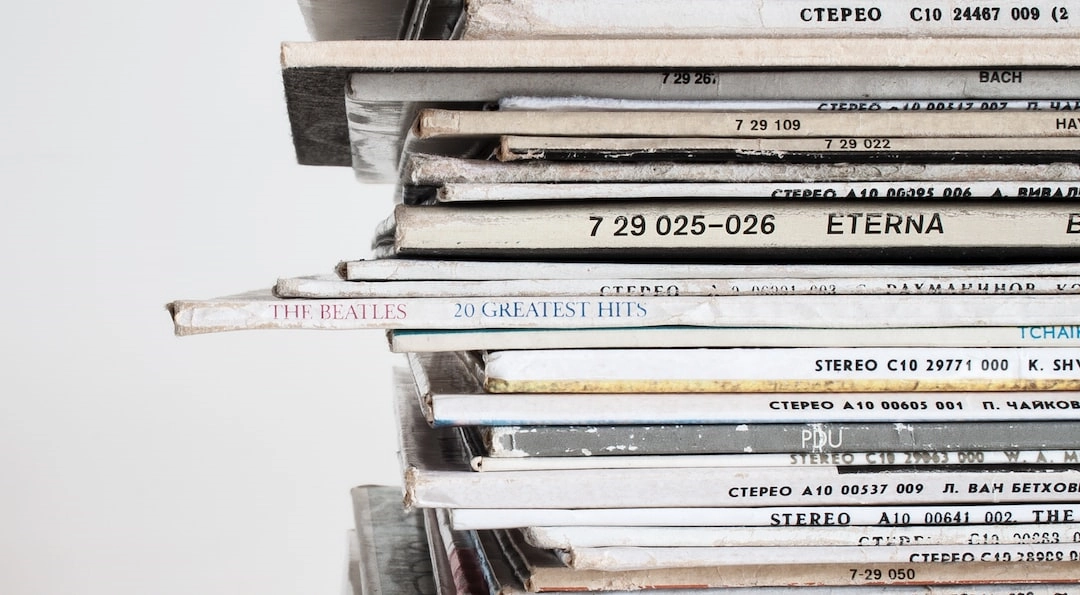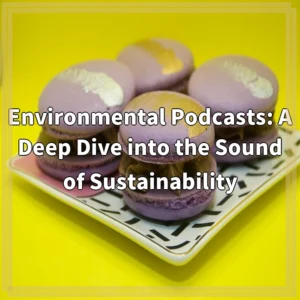
What is Eco-Friendly Strategies for Indie Music Distribution?
Eco-friendly strategies for indie music distribution refer to sustainable and environmentally conscious practices implemented by independent music artists and labels in the distribution process. These strategies aim to minimize the negative environmental impact associated with traditional music distribution methods and promote a more sustainable approach within the music industry.
Real-World Problems Associated with Indie Music Distribution
While indie music distribution provides opportunities for artists to reach a wider audience and retain creative control, it also comes with its own set of challenges and environmental concerns.
1. Packaging and Physical Distribution
Physical distribution of music often involves the production of CDs, vinyl records, or other physical media formats. The production and disposal of these materials contribute to resource depletion, landfill waste, and carbon emissions. Additionally, the packaging used for shipping and storing music products often involves materials that are not eco-friendly, such as non-recyclable plastics or excessive amounts of paper and cardboard.
2. Energy Consumption in Digital Distribution
While digital distribution eliminates the need for physical materials, it is not entirely devoid of environmental impact. Streaming and downloading music online consume vast amounts of energy, contributing to carbon emissions associated with data centers and powering electronic devices. Moreover, the infrastructure required for digital distribution, such as servers and data storage facilities, also have their own energy demands and environmental consequences.
3. Lack of Awareness and Education
One major challenge in implementing eco-friendly strategies for indie music distribution is the lack of awareness and education within the music industry itself. Many artists and labels may not be aware of the environmental impact of their distribution methods or the alternative, sustainable options available to them.
4. Cost and Accessibility
Implementing eco-friendly strategies in music distribution may require additional investments and resources. This can pose a challenge, especially for independent artists and smaller labels with limited budgets. The availability and accessibility of sustainable options, such as eco-friendly packaging materials or green distribution platforms, can also vary, making it harder for artists to make eco-conscious choices.

Solutions for Eco-Friendly Strategies in Indie Music Distribution
Addressing the environmental challenges in indie music distribution requires implementing innovative and sustainable solutions. Here are some potential strategies:
1. Sustainable Packaging and Distribution Materials
Exploring eco-friendly alternatives for packaging and distribution materials can significantly reduce the environmental impact. Artists and labels can opt for recycled or biodegradable materials for physical distribution, such as using cardboard sleeves or recycled paper cases for CDs. Embracing minimalist packaging designs and avoiding excessive use of plastic can also help reduce waste.
2. Digital Distribution Efficiency
To minimize energy usage in digital distribution, artists and labels can focus on optimizing their online presence. This includes utilizing streaming platforms with green data centers and encouraging fans to stream or download music in energy-efficient ways. Additionally, artists can consider offsetting the carbon emissions associated with their digital distribution by investing in renewable energy projects or purchasing carbon credits.
3. Education and Awareness Campaigns
Increasing awareness about the environmental impact of music distribution and promoting sustainable practices within the industry is essential. Artists, labels, and organizations can collaborate on educational initiatives, workshops, and campaigns to inform and educate stakeholders about eco-friendly distribution options. Sharing success stories and case studies of artists who have successfully implemented sustainable strategies can inspire others to follow suit.
4. Collaboration and Resource Sharing
Artists and labels can come together to share resources, knowledge, and best practices for sustainable music distribution. Collaborative initiatives, such as forming networks or collectives, can help pool resources to invest in greener technologies and infrastructure. By working together, indie artists and labels can have a larger impact and create a collective movement towards eco-friendly music distribution.
In conclusion, implementing eco-friendly strategies in indie music distribution is crucial for reducing the environmental impact of the music industry. By adopting sustainable packaging, optimizing digital distribution, raising awareness, and fostering collaboration, artists and labels can contribute to a greener and more sustainable music ecosystem.















